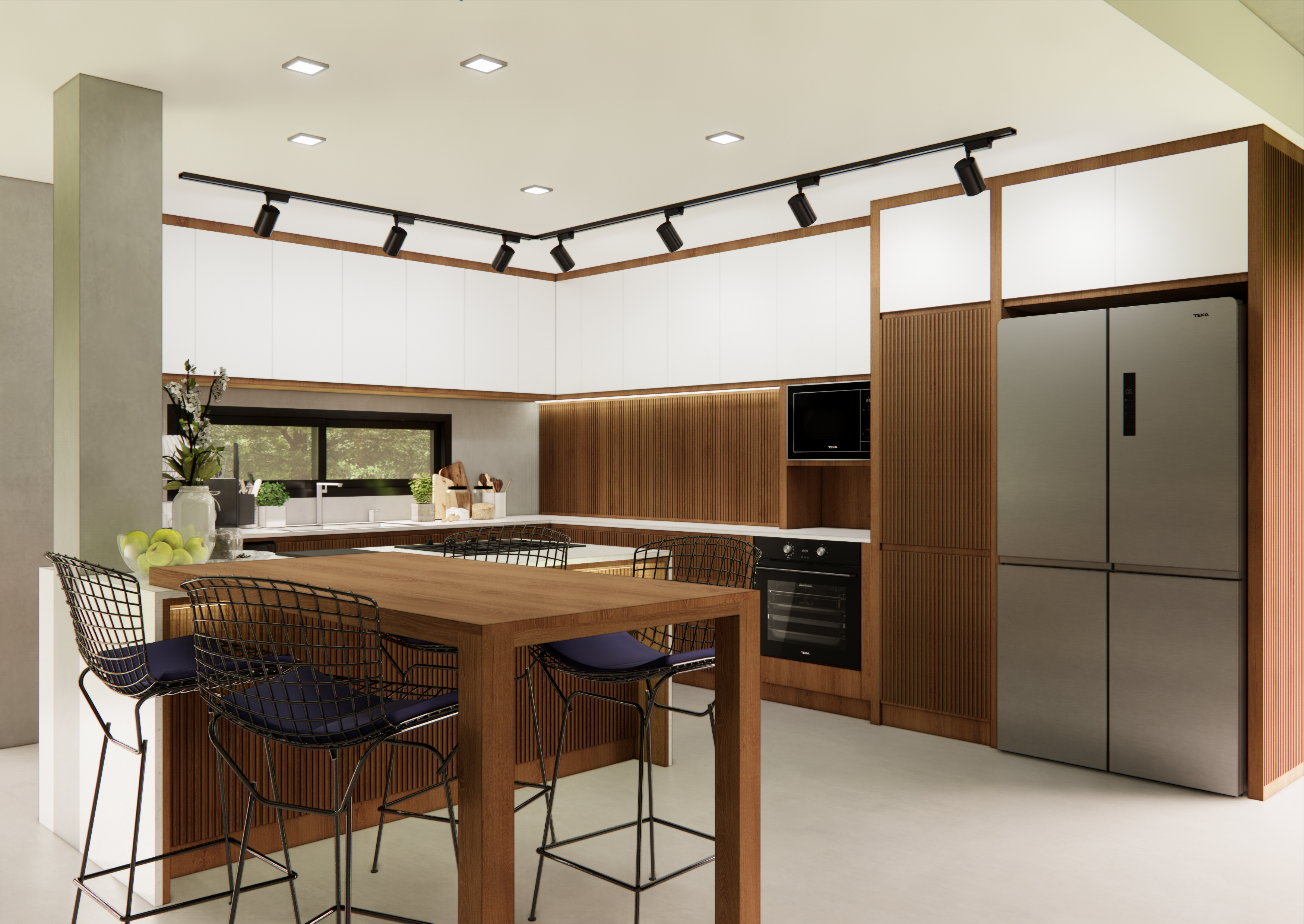
Building Excellence: Choosing the Right Materials for Your Construction Project
When embarking on a construction project, whether it’s building from scratch, renovating, or adding an extension, selecting the right materials is crucial to achieve a successful outcome. From surfaces and finishes to roofing, furniture, paint, decorative elements, and lighting, each choice plays a significant role in the overall aesthetics, durability, and functionality of your space.
Assessing Durability and Longevity
One of the key factors to consider when selecting materials is their durability and longevity. Whether it’s flooring, roofing, or furniture, it’s essential to choose materials that will stand the test of time and withstand daily wear and tear. Research different materials, such as natural stone or porcelain tiles for flooring, metal roofing for durability, and hardwood furniture for long-lasting elegance. By investing in durable materials, you can avoid frequent replacements and enjoy a longer lifespan for your construction project.
Evaluating Installation Costs and Complexity
Another consideration when selecting materials is the cost and complexity of installation. Some materials may have a lower upfront cost but require intricate and time-consuming installation processes, which can significantly impact your budget and project timeline. Assess the installation requirements for each material and consider consulting with professionals to determine the overall cost and effort involved. Balancing cost and installation complexity ensures a smoother construction process and avoids unexpected expenses.
Weighing Value for Money
Achieving value for money is a primary concern for any construction project. While budget constraints may guide your choices, it’s crucial to evaluate the long-term value offered by various materials. For example, opting for energy-efficient lighting fixtures may have a higher upfront cost but can result in significant savings on energy bills over time. Additionally, investing in high-quality finishes and materials may incur higher initial expenses but can enhance the overall value and appeal of your space, making it worthwhile in the long run.
Seeking Sustainability and Eco-Friendliness
In today’s environmentally conscious era, considering sustainability and eco-friendliness is paramount. Selecting materials that have minimal environmental impact not only helps preserve our planet but also adds value to your construction project. Look for materials that have relevant certifications, such as LEED or FSC, indicating their adherence to sustainable practices. Incorporating recycled or repurposed materials, using low-VOC (volatile organic compounds) paint, and opting for energy-efficient fixtures are just a few ways to align your project with eco-friendly principles.
Exploring Aesthetics and Design Flexibility
The aesthetic appeal of your construction project greatly influences its overall ambiance and functionality. When selecting materials, consider the desired style and design aesthetic you wish to achieve. Explore different options, such as diverse tile patterns, finishes in various textures, and decorative elements that add character and flair. Additionally, assess the design flexibility offered by different materials, allowing you to experiment with shapes, colors, and layouts to personalize your space and create a unique atmosphere.
Leveraging Expertise and Seeking Recommendations
Navigating the vast array of materials available on the market can be overwhelming. It’s always beneficial to leverage the expertise of professionals, such as architects, interior designers, and contractors, who can provide valuable insights and recommendations based on their experience. They can help you weigh the pros and cons of different materials, taking into consideration your project’s specific requirements and goals, ensuring you make an informed decision that aligns with your vision.
Choosing the right materials for your construction project is a critical decision that affects the durability, aesthetics, and functionality of your space. By evaluating factors such as durability, installation costs, value for money, sustainability, and design flexibility, you can make sound choices that lead to a successful outcome. Remember to seek the guidance of professionals and leverage their expertise to ensure that your material selections align with your project goals, creating a space that meets your needs and exceeds your expectations.
